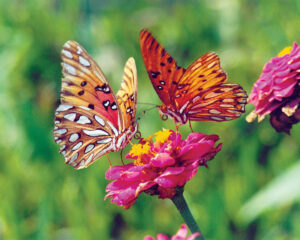People Asked: Q & A
Click on the items below to find many Q & As under each heading. This is a great place to get the facts and get informed.
03. Muck Removal & Dredging
Removing muck is only one necessary tool for restoring the Lagoon. Reducing the inflow of material that makes up the muck is essential as well; otherwise in time the same problem will return. The muck deposits formed over a period of the past 50 years by silt, utility and septic system sewage, grass clippings, stormwater runoff, etc. entering the Lagoon.
Until about 1996, our wastewater treatment plants dumped their partially treated sewage directly into the Lagoon. This largely ended due to the federal Clean Water Act and the IRL System and Basin Act of 1990, reducing contributors to muck formation. Under the Save Our Indian River Lagoon Plan other controls are also being installed, including retention ponds, baffle boxes, and other solutions, which slow the formation of new muck.

HAVE A QUESTION?
Get Connected with us.
Want to help? Join up.
ASK YOUR QUESTIONS HERE.





